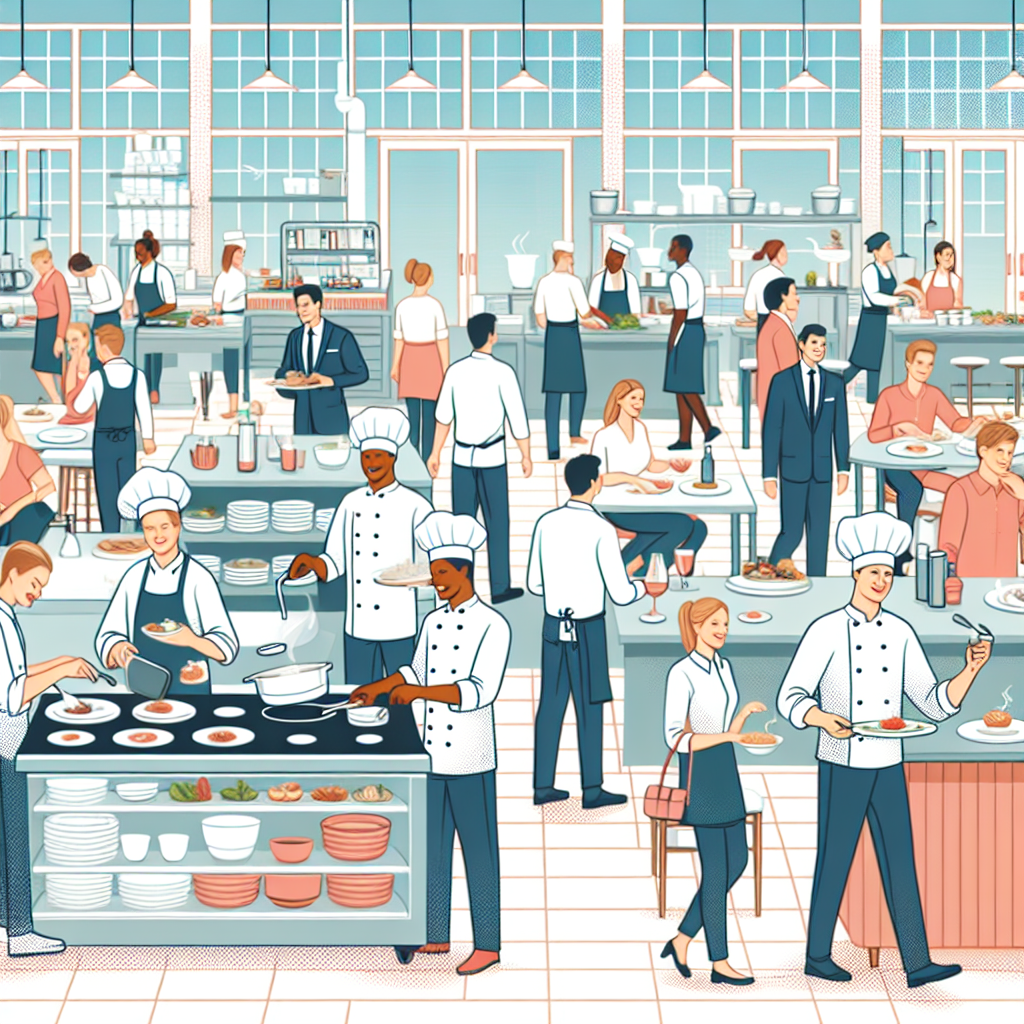Restaurant Formats: What Works Best in Different Markets?
Introduction
In the ever-evolving foodservice industry, the success of a restaurant often hinges on its format and concept. Different markets have unique preferences and trends that can influence the performance of a restaurant. In this report, we will explore various restaurant formats and analyze what works best in different markets.
Fast Casual Restaurants
Fast casual restaurants have gained popularity in recent years due to their focus on high-quality ingredients, customizable options, and quick service. These restaurants typically offer a more upscale dining experience than fast food chains but are more affordable than casual dining establishments. Examples of successful fast casual restaurants include Chipotle, Panera Bread, and Shake Shack.
In the United States, fast casual restaurants have seen significant growth, with a market share of 9% in 2025. This format appeals to consumers who are looking for a convenient and healthy dining option without breaking the bank. The success of fast casual restaurants can be attributed to their ability to offer fresh, made-to-order meals in a fast-paced environment.
Casual Dining Restaurants
Casual dining restaurants occupy a middle ground between fast casual and fine dining establishments. These restaurants offer a relaxed atmosphere, table service, and a diverse menu. Examples of casual dining restaurants include Olive Garden, Chili’s, and Red Lobster.
In the United States, casual dining restaurants have faced challenges in recent years due to changing consumer preferences and increased competition from fast casual and fast food chains. Market share for casual dining restaurants has declined to 22% in 2025. To remain competitive, casual dining restaurants are adapting their menus, service styles, and marketing strategies to attract a younger demographic.
Fine Dining Restaurants
Fine dining restaurants are known for their upscale ambiance, gourmet cuisine, and attentive service. These restaurants cater to special occasions and offer a luxurious dining experience. Examples of fine dining restaurants include The French Laundry, Per Se, and Alinea.
In the United States, fine dining restaurants have a smaller market share compared to fast casual and casual dining establishments, accounting for 3% in 2025. Fine dining restaurants face challenges such as rising operating costs, changing consumer preferences, and increased competition from other formats. To attract customers, fine dining restaurants are focusing on innovation, sustainability, and experiential dining.
Market Trends and Future Outlook
In the global foodservice industry, market trends such as sustainability, technology integration, and health-conscious dining are shaping the future of restaurant formats. Consumers are increasingly seeking transparent sourcing, digital ordering options, and plant-based menu items. Restaurant formats that can adapt to these trends are likely to succeed in the long run.
Looking ahead, the future of restaurant formats will be driven by innovation, personalization, and convenience. Virtual restaurants, ghost kitchens, and delivery-only concepts are gaining traction as consumers seek unique dining experiences and convenience. Restaurant operators must stay ahead of trends, understand their target market, and continuously evolve their format to meet changing consumer demands.
Conclusion
In conclusion, restaurant formats play a crucial role in the success of a dining establishment in different markets. Fast casual restaurants appeal to consumers looking for convenience and quality, while casual dining restaurants offer a relaxed dining experience. Fine dining restaurants cater to special occasions and luxury dining experiences. Understanding market trends, consumer preferences, and competition is essential for restaurant operators to choose the right format and succeed in the foodservice industry.



